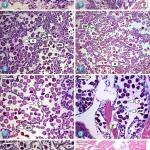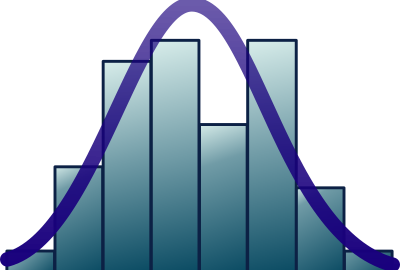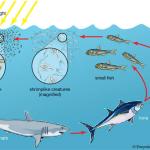Histology and histopathology of aquatic animals
Topics covered will include the description of the normal and pathological; histology of marine invertebrates and fish, with special emphasis on the effects of chemical pollutants and other sources of environmental stress. Aims at describing the normal and pathological histology of marine animal species: mainly fishes, molluscs and crustaceans; identifying histopathological alterations of viral, bacterial, parasitic and toxic (due to pollutant exposure) ethiology; and characterising the cellular and molecular mechanisms involved in pathological damage and organismal defence. At the end of the Unit, the student should be able to conduct histological processing of marine animal tissues, identify normal tissues and cell types at the light microscope in marine molluscs and fish; identify major parasites and histopathological lesions in marine molluscs and fish; and search in the web and literature the relevant information concerning molluscs and fish disease, with emphasis in environmentally relevant syndromes.
Course Contents
- Lectures: Comparative histology of marine invertebrates. Normal histology of molluscs. Normal histology of fishes. Basic principles in biopathology, histopathology and parasitology. Molluscs: general histopathology, toxicopathology, neoplastic lesions, natural variability and temporal trends in histopathological lesions. Fish: general histopathology, mechanisms of chemical carcinogenesis, carcinogenic lesions. Histopathology in ecosystem health assessment: quantitative histopathology, quality assurance, monitoring programmess
- Practicals: Histotechnology preparation of samples. Microscopical examination of molluscan tisúes. Microscopical examination of fish tissues. Histopathological examination of marine molluscs. Histopathological examination in fishes. Navigating trough the web in search of data bases and images of aquatic animal histopathology
- Workshop on toxicological pathology (mini-symposium).
Final Competences
- Be familiar with the form and function of organs and tissues in aquatic animals (comparative histology).
- Understand the normal histological organisation of target tissues in molluscs (integument, kidney, blood, digestive gland).
- Understand the normal histological organisation of target tissues in marine fishes (integument, kidney, spleen, blood, liver).
- Recognise major parasites and pathological lesions in molluscs and fish.
- Know the value of histopathology in ecosystem health monitoring and marine pollution assessment.
Further course information can be found here: https://studiekiezer.ugent.be/2026/studiefiche/en/C003881






